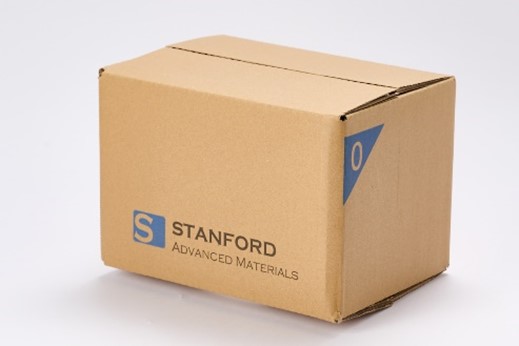

Spherical Aluminium Powder is a light, silvery-white to gray, odorless powder. Stanford Advanced Materials (SAM) has rich experience in manufacturing and supplying high-quality Spherical Aluminium Powder.
Related Aluminium products: AlSi10Mg, Alumina powder, Aluminum Titanate Powder
Other products: Spherical Copper Powder, Spherical Titanium Powder, Tungsten Carbide Cobalt Chromium Powder




Spherical Aluminium Powder is a light, silvery-white to gray, odorless powder. Stanford Advanced Materials (SAM) has rich experience in manufacturing and supplying high-quality Spherical Aluminium Powder.
Related Aluminium products: AlSi10Mg, Alumina powder, Aluminum Titanate Powder
Other products: Spherical Copper Powder, Spherical Titanium Powder, Tungsten Carbide Cobalt Chromium Powder




Spherical Aluminium Powder is a light, silvery-white to gray, odorless powder. It is a reactive flammable material. Aluminum powder is used for several applications such as the manufacture of slurry, explosives, and detonators, the thermit process used for the manufacture of ferroalloys, and for specialized welding applications such as rails, pyrotechnic to manufacture crackers, sparkles, and other pyrotechnic products. And it is also used in the production of different types of electronics. In addition to those uses, it is found in a lot of different paints and sealants on the market as well. Aluminum powder can be used to identify fingerprints and can also be used as fireworks.
Metal powders used for 3D printing generally require high purity, good sphericity, small particle size distribution, and low oxygen content. Currently, the main metal powders used for 3D printing include titanium alloys, cobalt-chromium alloys, stainless steel, iron powder, aluminum powder, and aluminum alloys.
Advantages of Aluminium Use in 3D Printing
Disadvantages of Using Aluminium in 3D Printing
* The above disadvantages can be to some extent overcome by aluminum alloy powders.
Spherical aluminum powder is characterized by uniform particle size and a narrow distribution range, high tapped density, excellent sphericity, low impurity content, and an active aluminum content exceeding 99%. It has a silvery-gray appearance, is free from foreign inclusions and agglomerates, and has an extremely low moisture content, making it suitable for long-term storage.
|
Size |
15-53μm, 53-105μm |
|
Density |
2.7g/cm3 |
|
Assay Percent Range |
99% (Metals basis) |
|
Color |
Silver to Gray |
Spherical Aluminium Powder is used for several applications such as the manufacture of slurry, explosives, and detonators, the thermit process used for the manufacture of ferroalloys, and for specialized welding applications such as rails, pyrotechnic to manufacture crackers, sparkles, and other pyrotechnic products. And it is also used in the production of different types of electronics. In addition to those uses, it is found in a lot of different paints and sealants on the market as well. Aluminum powder can be used to identify fingerprints and can also be used as fireworks.
Our Spherical Aluminium Powder is carefully handled during storage and transportation to preserve the quality of our product in its original condition.

1. Is aluminium powder safe?
Aluminium powder can be hazardous as it is highly flammable and may cause explosions when dispersed in air. Proper handling, storage, and safety measures are essential to minimize risks.
2. What is the difference between aluminium and aluminum?
"Aluminium" is the British English spelling, while "aluminum" is the American English spelling for the same chemical element with the symbol Al.
3. What element destroys aluminium?
Chlorine is a key element that can destroy aluminum by reacting with it, leading to corrosion and degradation of the metal.
4. What does aluminium not react well with?
Aluminum does not react well with oxygen in dry conditions due to its protective oxide layer, making it resistant to corrosion. It is also generally unreactive with noble gases and stable under inert atmospheres.

